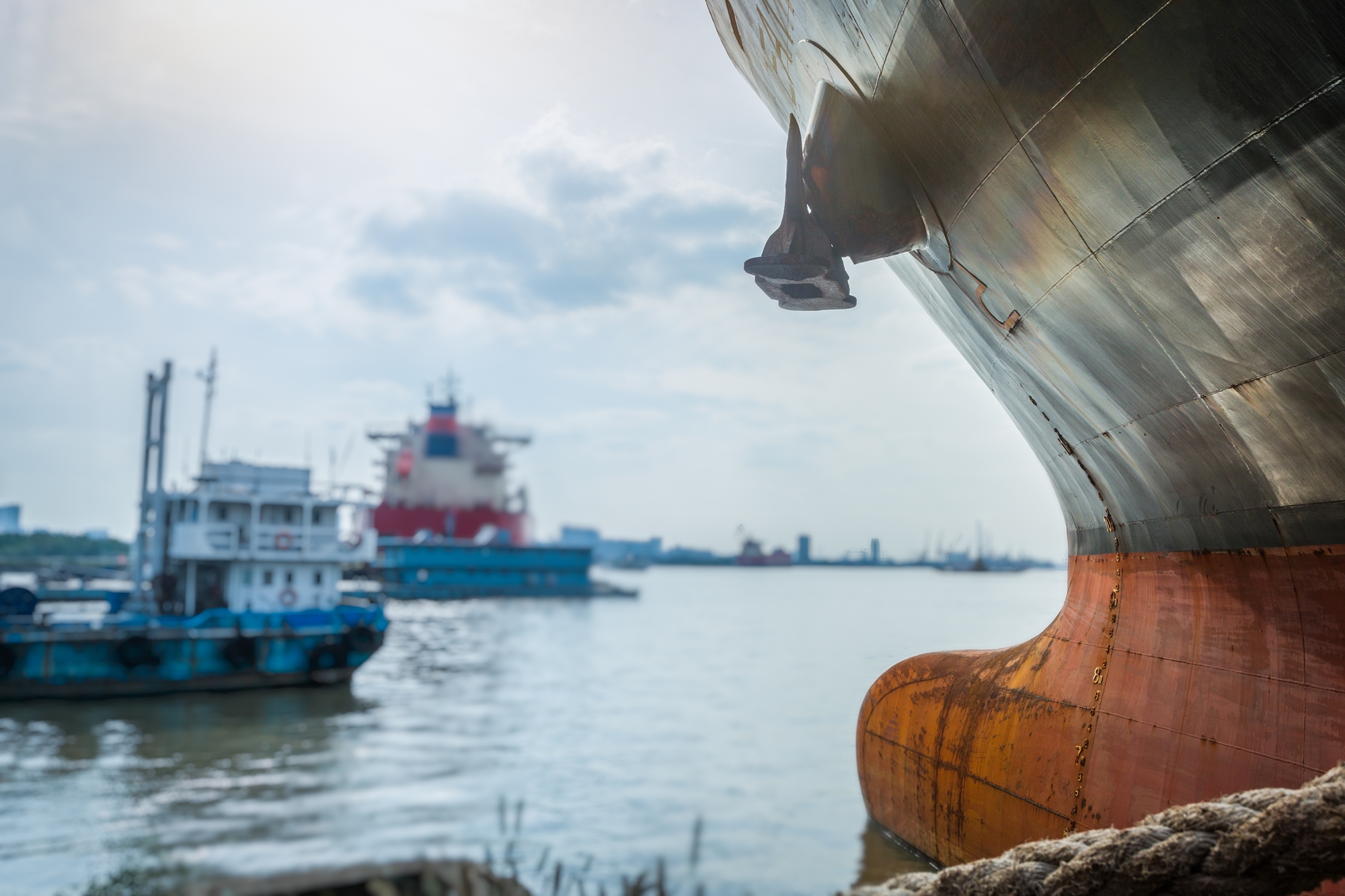Background
The effectiveness of modern marine paint is highly dependent on whether it is applied as specified by the manufacturer. This means that the paint thickness should ideally be no further than 50 micrometers from the manufacturer’s recommendation. In addition, the paint should not be overpainted with the next layer before the curing process has advanced enough.
If these requirements are not met, it can lead to a wide range of flaws in the paint, which can result in corrosion of the hull and increase in fuel consumption. In order to ensure that enough paint is applied, significantly more paint than intended is often applied. This not only results in an overconsumption of paint, but also that the paint does not necessarily have time to cure correctly before it is painted over. Since there is a lack of precise methods to measure the degree of curing of the paint, shipping companies risk unnecessary waiting time in the dry dock to ensure that the curing is sufficient. DTU Electro's researchers want to develop a tool that can perform a thickness measurement of the wet paint, at the same time as determining the degree of curing.
Project
In the innovation group GLAZE, DTU Electro has developed a prototype that emits and detects light in the terahertz (THz) frequency range. The special way in which THz interacts with materials means that you can derive a large amount of information about the material. One of the pieces of information is the thickness. In addition, the composition of the material will leave special markers in the light. Since paint changes its composition during curing, it will be possible to describe the development of the curing through its influence on the light.
To determine the curing degree based on a single measurement with the prototype, DTU Electro's researchers will train a machine learning algorithm with a large amount of measurements made on paint with a known degree of curing. At the same time, they will control and monitor all external factors that have an impact on the process, e.g. temperature, humidity, etc.
Expected results
The goal is to develop hardware and software which allow measurement of the thickness and degree of curing of wet paint with a single measurement. The measurement and the subsequent data analysis will take mere seconds and have a precision that makes the measurement immediately usable. In addition, the equipment will be simple to use and the results simple to understand so that the right decisions about the next step in the painting process can be made. The equipment will be handheld and transportable. It is expected that the results will be published in at least one scientific article.
